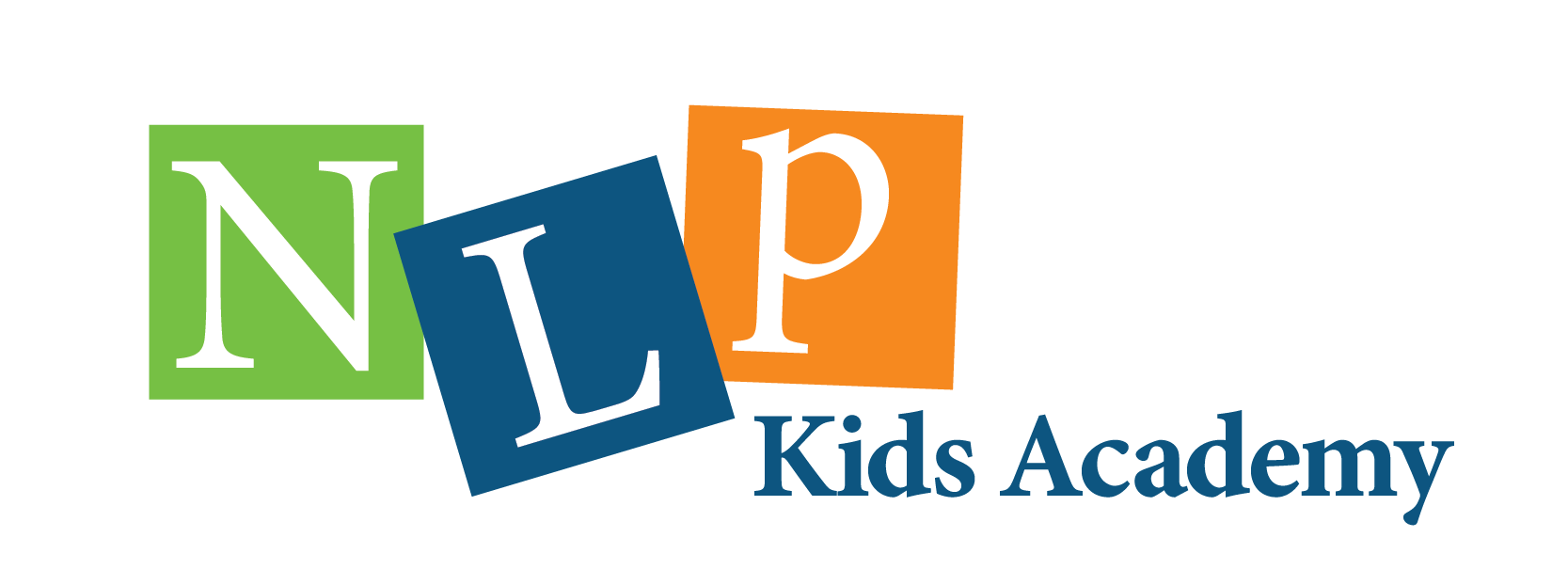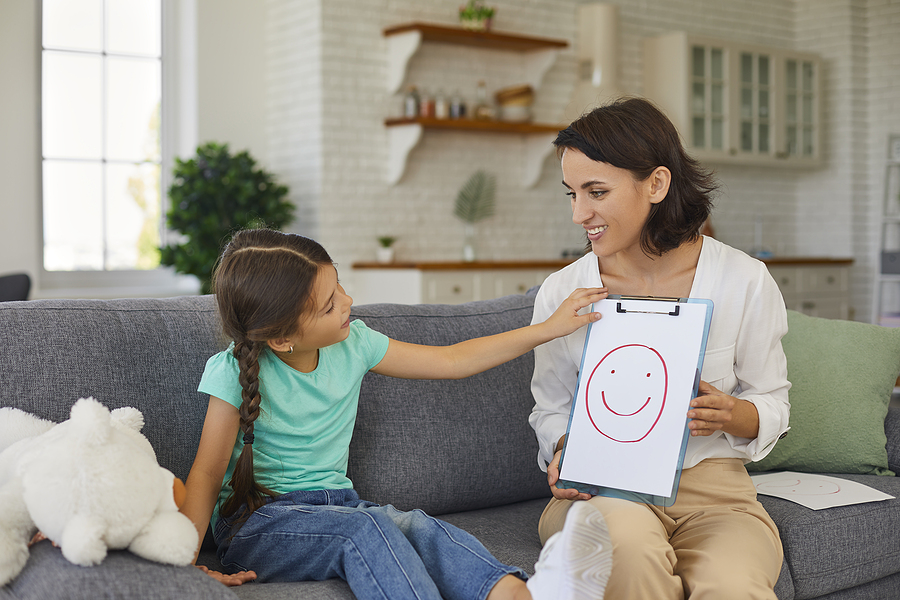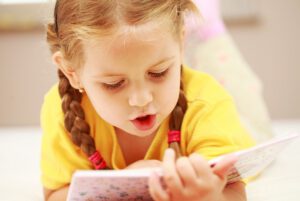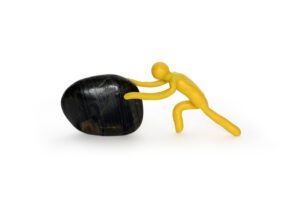When young clients come to the first session, they are often scared, and it takes them a while to open up. Such concerns usually stem from not knowing us, the practitioner, and because it is a new situation for them. They don’t know what to expect. Most of the time, they open up from session to session, understand the dynamics and become dedicated to the process. Studies show a positive connection between creative activities and games to children feeling confident to express themselves.
Thus, we have decided to offer an activity that will assist you, as practitioners, to explain the process with simplicity (of course, that requires adjustment to your intervention method), and guide young clients to express themselves during the activity.
The activity suggested here focuses on the first stage of the expectations coordination process between the young client and the practitioner with the following goals:
- Clarify the goal or difficulty of the young client
- Gather information about the young client.
- Help to create chemistry between young clients and the practitioner.
- Provide young clients with a visual tool that describes, step by step, the challenge they experience and the reason for needing the intervention with the practitioner.
- Convey the visual message to the young client that the practitioner is like a “safe” for their feelings, obsessive thoughts, etc.
- Assist the practitioner to check the young client’s progress from one session to another (make sure that troubling issues are dwindling during the process).
Required materials:
- A whiteboard, whiteboard markers, and eraser.
- or – Worksheets with the illustrations attached to this document.
The activity:
The practitioner opens the activity with a statement: “Kids are often confused and do not quite understand what happens in the sessions and how they can help them. Some even feel scared because they do not know what is going to happen.”
* After the introduction, the practitioner takes the whiteboard or worksheets and writes a title: “Brain Work” Under the title, the practitioner draws two simplified faces (without mouth and ears) and leaves the top third of the face blank.
Brain Work

The practitioner explains: one face describes the young client while the other face describes the practitioner.
In each of the faces, the practitioner draws, at the top of the painting, a large brain with scribbly lines (that look like pasta) – as a representation of the brain.
Brain Work

*Once the practitioner finishes drawing, he or she asks: “What do you think happens in the brain?” And guides to the direction of the thoughts that we have in our brains.
* The practitioner continues: “What fills up your brain?”, “What thoughts do you feel like are filling up your brain?”, “What do you feel like is taking up a lot of space in your brain that you would rather not be there?”, “What, do you think, is your brain worried about?” “What is occupying your brain?”
The practitioner may need to help the young client identify their difficulty, the reason they came for the sessions through guiding questions (Depending on the information provided by the parents or based on what came up in the preliminary conversation with them).
* The practitioner draws simple pictures or representations of the difficulties raised within the “brain” (at the top that remained empty) and creates a dialogue with the young client to replace the troubling thoughts with good ones. The practitioner can do it by asking intentional questions such as “If you had space, what fun/good thoughts would you like to fill that space with?”
After the young client responds, the practitioner explains that the purpose of the sessions is to make room in the brain for the fun things/positive thoughts. That is, to take out the troubling things/thoughts and in their place put what they would like to fill the space with – this is what ” Brain Work” is.
The practitioner goes on to explain to the young client that the face is drawn without a mouth and asks them to draw an expression of the mouth that matches what they have in mind. (At this point, the young client will usually draw a sad or angry mouth).
Simultaneously or afterward, the practitioner will draw his mouth expression in a drawing that describes what’s on their (the practitioner’s) mind. We will usually draw a straight line (since there is nothing there).
“Since your emotions are the most important thing in this intervention, I will draw a line with an arrow from your (the young client’s) full brain to my (the practitioner’s) empty brain.” In the process of doing so, ask the young client: “how would you like to transfer the troubling thoughts from your brain to mine?” (This can be with the help of drawing, talking, playing a game, or in any way the young client chooses).
Brain Work
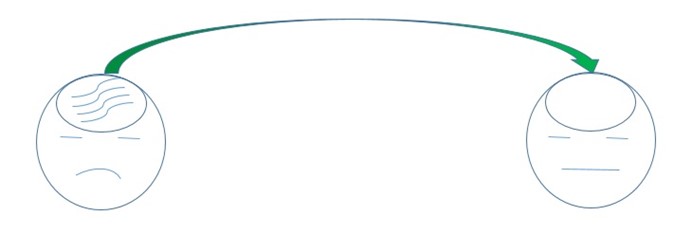
Continue this way until everything that bothers the young client is transferred to the practitioner’s brain.
- After we have transferred everything (depending on what the young client has chosen) we ask the young client to change the expression of the mouth so that it reflects the new situation – without the troubling thoughts. Then, we explain to them that the things they put in our brains will stay there that and our job as practitioners is to keep these troubling thoughts for them – until the end of the process. (To work on them later in the process).
The advantages of the activity:
- The activity provides young clients with a visual tool that describes, step by step, the difficulty they are in and the reason for needing the intervention.
- The activity conveys the visual message to the young client that the practitioner is like a “safe” for their feelings, obsessive thoughts, etc.
- The activity can assist the practitioner to check the young client’s progress throughout the interventions (make sure that troubling issues are dwindling during the process). For this purpose, it is advisable to photograph the whiteboard with a digital camera at the beginning and end of each session.
- You can save the drawings, and at the end of the process, after the child has been freed from the difficulty, (visually) show them the change that happened in their mind (How they managed to empty their mind of troubling thoughts and fill it with things they would like to have in it).
